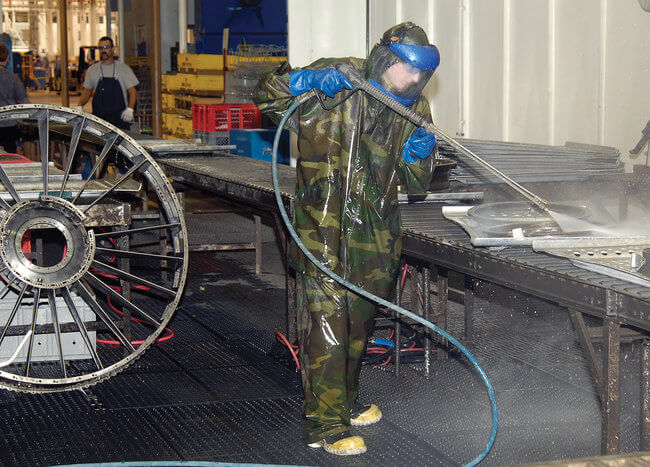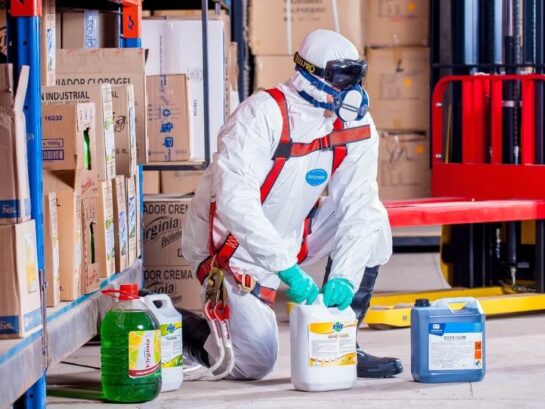Cleaning, in general, is always required in all manufacturing operations. And though it’s important to observe proper cleaning practices in the workplace, some sanitation procedures may not be sufficient for they may require a thorough process to remove any contaminants that are not visible in the surface. This is where precision cleaning method comes in to ensure the safety and the quality of machineries and equipment.
Learn more about this process in today’s blog post.
What It Means To ‘Precisely’ Clean?
In simple terms, precision cleaning is a systematic type of cleaning where contaminants such as dust, dirt, fibers, grease, oil, and other microscopic impurities are removed to achieve a critical level of cleanliness.
Precision method of cleaning is usually based on various factors such as:
- The configuration and composition of materials to be cleaned.
- The composition and level of contaminants present.
- The critical level of cleanliness required by the company.
And once these factors are carefully evaluated, the actual cleaning process will commence and is usually composed of 2 core elements:
- Cleaning the surface by means of careful cleaning techniques along with the use of an approved cleaner in a manner that is already validated according to the stated purpose.
- Verification and testing to ensure that the surface of the machineries and equipment are cleaned according to the level of precision that is necessary to maintain quality and safety during use.
Different Cleaning Techniques

Aqueous Cleaning – This technique requires parts to be immersed in the cleaning solution for long periods of time. Likewise, it’s also considered as an eco-friendly cleaning solution since water is mainly used in the cleaning process.
Solvent Cleaning – This technique makes use of chemicals to remove contaminants from parts with sophisticated configurations. For some applications, the cleaning solution is used with ultrasonic cleaning technique.
Ultrasonic Cleaning – This technique utilizes sound waves to agitate the chemical solution and dislodge the contaminants from the equipment parts.
High-Pressure Spray Cleaning – This technique uses a water jet to produce kinetic energy and blast out any impurities from the surface. Usually, the method also involves the use of certain chemicals to solubilize the contaminants first before water blasting.
Wipe Cleaning – This technique makes use of particle-free wipes (usually dipped with deionized water or a cleaning solution) to clean delicate surfaces and parts by hand.
Flush Cleaning – This technique utilizes turbulent velocity to remove impurities from pipes, tubings, and other parts with internal pathways that are cannot be effectively cleaned by high-pressure spray alone.
Vacuum Breakout – And lastly, this technique makes use of a vacuum baking machine to dissipate and eliminate any hydrocarbon contaminants from sensitive equipment.
NOTE: One or more techniques can be combined depending on the factors needed to arrive at the required level of cleanliness.
Conclusion
Precision cleaning is a practical solution in getting rid of contaminants that are not removed by conventional cleaning.
No wonder industries like automotive, space, aviation, medical, and electrical (semiconductor) just to name a few uses this cleaning method to ensure their company’s operational efficiency and also to maintain productivity, quality, profitability, and reputation.

